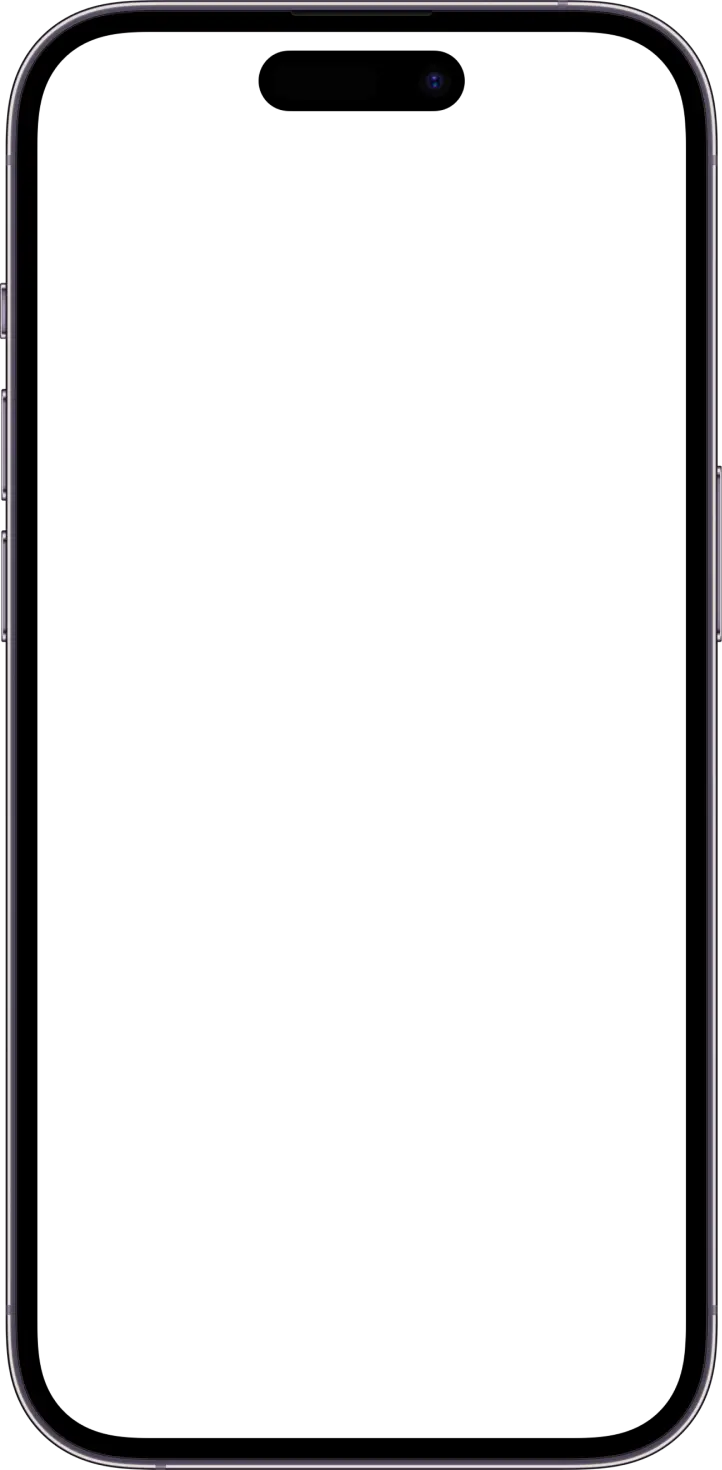UX/UI Design | 2023
Guided Meditation and Yoga with Yogmandu
ROLE
UX/UI Designer
Tools used
Figma, Photoshop, Illustrator
YEAR
2023

Yogmandu is a web and mobile app designed to offer guided meditations and curated courses of yoga, individualized based on their level of practice. The goal of the platform is to deliver yoga courses and meditations seamlessly based on user preferences, assuring a personal and intuitive user experience.
Timeline
From explorations to final designs in 14 weeks while working with multiple projects at the same time
This category describes the challenges that I faced since the initiation of the idea to the final prototype of the project
User Interface Consistency
It could have been tricky to maintain coherence in vision across screens; this included coherence in design language from the screen "Healing sounds of meditation" all the way to "Hatha Yoga." In addition, making a balance between artistic appeal and usability, putting the design at as minimalistic as possible, might take several iterations.
Content Hierarchy & Navigation
For instance, organizing the content to be intuitively found by users, such as including various yoga sessions, meditation audios, and breathing exercises, had been a challenge. I had to balance clarity with the ease of navigation and the right quantity of information at a single glance so that users are not overwhelmed.
Maintaining Simplicity for Beginners
As the product also targeted beginners, striking the right balance between the information to be given out and the need not to overload them with too much information was a challenge. Some of the key features include courses targeted at the beginner level, basic instructions, and uncluttered interfaces. Therefore, it was hard limiting information without leaving out details that could be of great importance.
Branding and Color Scheme
Another design challenge was to decide upon a soothing yet intriguing color scheme that could represent the theme of yoga and meditation without interfering with the aspects of usability. Finding a balance between aesthetics and accessibility, such as color contrast for visually impaired users, was another important challenge.
Scalability of the Design
The challenge was to design the interface that works seamlessly on all devices, be it mobile, tablet, and so on. It requires thorough attention that the content adjusts and stays usable across different screen sizes, especially with rich media such as videos and sessions.
This category details the design thinking process that I have implemented on the project which is an iterative, non-linear process that provides solution-based approach to solving problems. It brings innovative solutions based on how users think, feel and behave.
Empathize
Conducted market research to identify existing scheduling challenges and user preferences. Defined target audience segments and outlined key features based on user needs and market trends.
Define
Collaborated with designers to create intuitive user interfaces and interactive prototypes. Iteratively refined designs based on user feedback to enhance usability and visual appeal.
Ideate
Leveraged agile development methodologies to build the scheduling app from the ground up. Prioritized feature development based on user feedback and technical feasibility. Implemented AI algorithms to analyze user behavior and optimize scheduling recommendations.
Design
Conducted rigorous testing across various devices and platforms to ensure compatibility and performance. Gathered user feedback through beta testing and iteratively optimized the app based on usability metrics and user satisfaction.
Test
Conducted rigorous testing across various devices and platforms to ensure compatibility and performance. Gathered user feedback through beta testing and iteratively optimized the app based on usability metrics and user satisfaction.
Following the design process, these were the important features that I implemented into my final designs to address the user's pain points and understand their needs.
Clear Session Categories and Short Descriptions
Sessions are clearly divided into meditation, yoga poses, and breathing exercises, keeping it beginners-friendly as well for example, meditation named "Dreams" and yoga pose "Dhanurasana". Such categorization will help users to know how to navigate their choices without confusion and allow for a more immersive experience.
Time-Based Sessions
People might be in a rush and seek sessions that fit within their timeframe. Therefore, the sessions shows how long the sessions are, such as "30 min Dreams Meditation" or "20 min Pranayama Yoga".
This will make it easier for users to find a session that fits within their available time and, as such, become more likely to use the app on a regular basis.
Beginner-Friendly Workouts
Most of the users, especially the beginners, are intimidated by complex yoga or meditation practices.
Therefore, clearly labeling "Beginner" sessions, such as in "Hatha Yoga - 6 workouts - Beginner", will go a long way in helping users navigate. This will result in sessions to be less intimidating and encourage more users to start their wellness journey with confidence.
Personalized Experience
As the user wants content that caters to their needs or preference, I implemented multiple sessions for organize those sessions according to time, level of difficulty and focus. This will help users feel the app was made with their needs in mind and are more likely to come back and use it again.
Simple and Calming Color Scheme
I employed soft, calming colors-like the purple and light backgrounds within the meditation and yoga screens so that the soothing visual design will help to promote a calming and relaxing experience, furthering the notion of wellness in this app.
Here, the outcomes and achievements of the project are highlighted.
Increased Efficiency
Users report significant time savings and improved productivity through personalized sessions and guided meditations
Positive User Feedback
High user satisfaction ratings and positive reviews highlight the app's intuitive interface and personalized method





